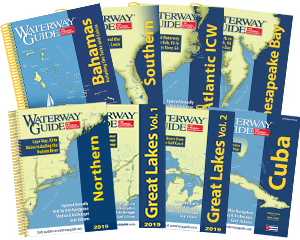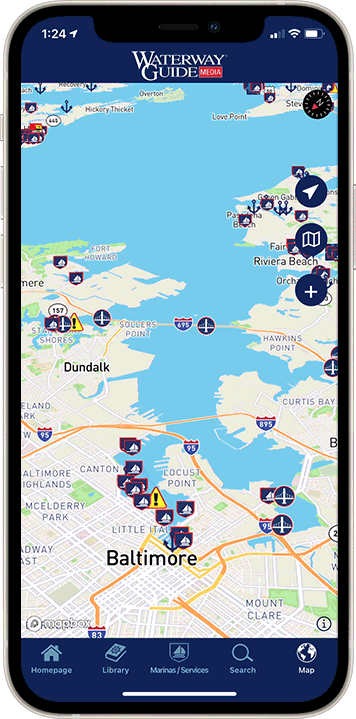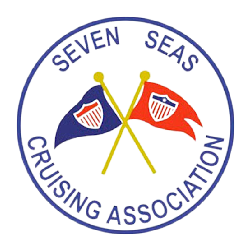
Seventy nautical miles from Key West, the Dry Tortugas are a gem in the westernmost part of the Florida Keys. This remote chain of islands promises beauty and adventure for those prepared for the journey.
Preparing for the Trip
Prior to departure from Key West, skippers are advised to consult the latest Local Notice to Mariners for updates on navigation aids and military operations near the Marquesas Keys. Given the unpredictable weather, including sudden fronts with strong winds, careful planning is crucial.
In all conditions boats bound for the Dry Tortugas should be equipped at a minimum with a VHF radio, depth sounder and GPS unit. Careful checking with NOAA radio forecasts before and during such a trip is essential for your safety. The National Park Service posts daily NOAA weather reports at the docks at Garden Key.
Navigation Routes
Navigation to the Dry Tortugas offers two routes: south of the Marquesas for easy access to a prime anchorage, or north. The southern route departs Key West via the Main Ship Channel, continuing through the Southwest Channel, then navigating around shoals and keys with careful attention to charted depths
Boca Grande Key
The southern route features a notable stop at Boca Grande Key. For deeper-draft vessels, anchorage near green daybeacon "17" offers 10 to 16 feet at MLW. Pick your spot with the wind in mind, and remember, once you set sail from Key West, the charm of isolation awaits — no anchorages, facilities, or stores until your return.
A Stopover in the Marquesas Keys
On the journey to the Dry Tortugas, just 21.6 nautical miles west of Key West, the enchanting Marquesas Keys offer an inviting detour. This cluster of small keys, mirroring the allure of a South Seas atoll, encircles a somewhat protected yet shallow lagoon. Adventurous captains navigating shoal-draft vessels under exceptionally favorable conditions might consider an entry. However, for safety and peace of mind, anchoring beyond outside is the recommended course of action.
Continuing to the Dry Tortugas
Heading west from the Marquesas Keys the southern route continues at 277° magnetic for another 10 nm passing south of The Quicksands. At this point adjust to 290° magnetic for the 28-nm run to flashing red "2" that marks the entrance to Southeast Channel just east of Long Key in the Dry Tortugas. Plot a course to pass well south of Halfmoon Shoal and Rebecca Shoal along this route. The flashing red lights on these shoals can be useful as waypoints.
Once 0.3 nm west of flashing red buoy "2" adjust course (approximately 315° magnetic) to split flashing green "3" marking Iowa Rock and red daybeacon "4" marking Hospital Key. Then turn due west passing flashing green "3" south of charted Middle Ground. Once west of Garden Key and the associated shoals turn southwest towards the harbor entry channel.
The channel to the anchorage is entered by splitting red daybeacon "2" and green daybeacon "3." Visual navigation is required here and entry should not be attempted in darkness. The course swings southeast after passing the entry markers so keep south of green daybeacon "7." Rounding green daybeacon "7" turn east into the Garden Key anchorage.
Vessels approaching from the south are advised to use Southwest Channel running between Loggerhead Key and Garden Key. Keep green markers to port on this channel and enter east of green can buoy "1." At red daybeacon "6" take a wide turn to the southeast and follow the closely spaced markers on both sides of the deep channel into the Garden Key anchorage.
Anchorage
The best anchorage is found in front (to the east) of the deteriorated steamship docks at the southern end of Garden Key. There is variable holding in 15 to 20 feet MLW. Be careful outside the channel as charted depths are about 1 foot MLW. Find a sandy patch, power back, test the set and then perform a visual check or an anchor dive to make sure. In this relatively confined and exposed area there are almost always at least half a dozen boats and often more than twice that number during a blow.
When visiting Garden Key by private boat you must check in at the National Park Service Visitor Center inside Fort Jefferson upon arrival. Rangers will provide a copy of the park's brochure with maps and regulations and the latest weather report. There are restrooms at the docks and beach space for dinghy landings.
Dry Tortugas National Park was dedicated in 1992. Its boundary now marked by an elliptical circuit of 10 large yellow buoys. Touring Fort Jefferson on your own is an option but a ranger-guided tour provides many interesting and unusual facts that will enhance your visit and understanding of life at the fort. It is the largest and best-preserved fort of the 19th-century U.S. coastal defense perimeter (8-foot-thick brick walls, standing 50 feet high and surrounding a 17-acre quad).
NOTE: Park regulations restrict overnight anchoring to within 1 mile of Garden Key Harbor Light. During nesting season you may want to anchor away from Bush Key to avoid the nighttime noise of the Sooty Terns.
The park is a No-Discharge Zone and park rangers may check your vessel's Y-valve. The park has picnic tables, a few charcoal grills and a beautiful designated swim beaches. No services or supplies are available and all trash must be carted back to your boat.
A journey to the Dry Tortugas, while challenging, rewards the prepared cruiser with an experience of solitude, history, and natural wonder, far from the bustle of civilization. If you want more details on navigating this journey, see Chapter 10 of the Waterway Guide Southern Edition.
Already a Waterway Guide Southern subscriber? Click here to read the chapter.











